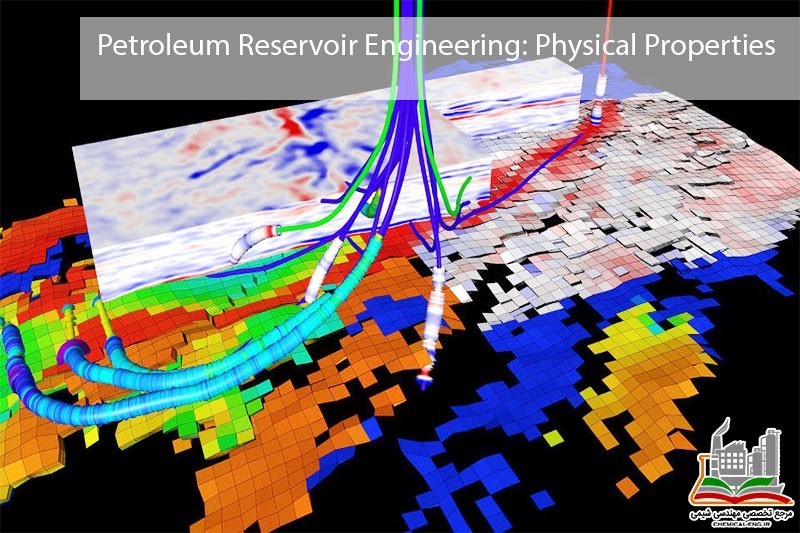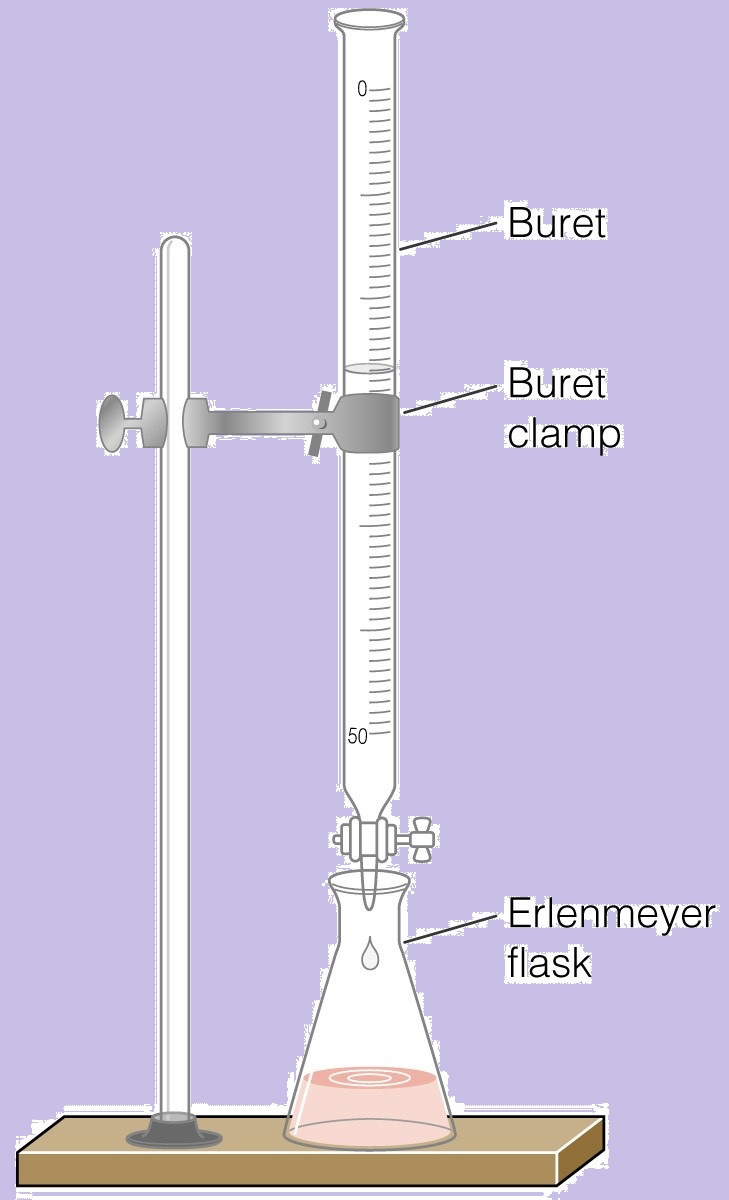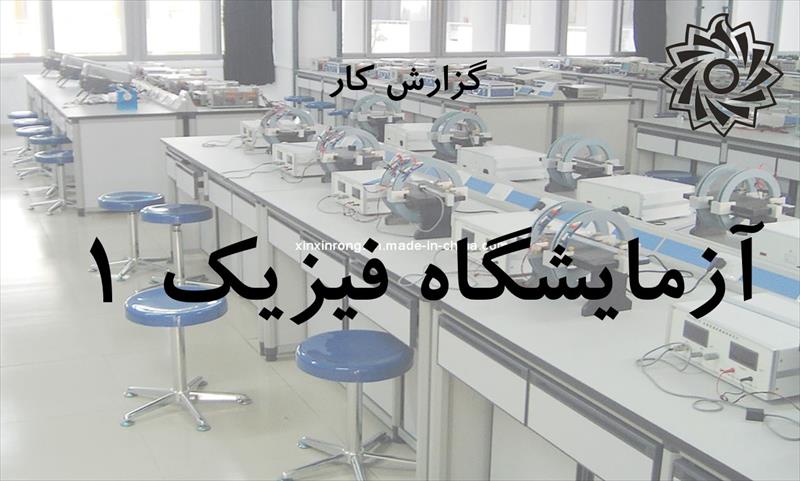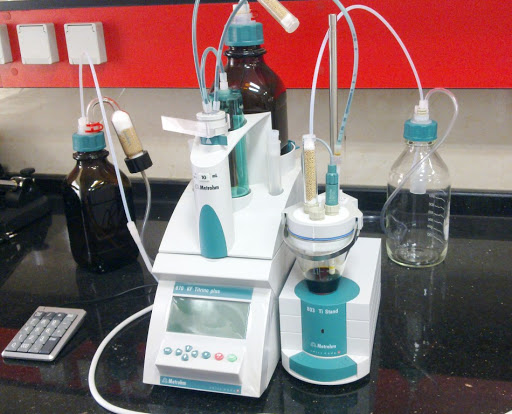STANDARDS of The Tubular Exchanger Manufacturers Association (TEMA) 10 edition (2019)
Section CONTENTS Page
MEMBERSHIP LIST iii
TECHNICAL COMMITTEE iv
PREFACE
NOTES TO USERS viii
NOMENCLATURE
1 Size Numbering and Type Designation—Recommended Practice 1-1
2 Nomenclature of Heat Exchanger Components 1-3
2 F FABRICATION TOLERANCES
1 External Dimensions, Nozzle and Support Locations 2-1
2 Recommended Fabrication Tolerances 2-2
3 Tubesheets, Partitions, Covers, and Flanges 2-3
4 Flange Face Permissible Imperfections 2-3
5 Peripheral Gasket Surface Flatness 2-3
3 G GENERAL FABRICATION AND PERFORMANCE INFORMATION
1 Shop Operation 3-4
2 Inspection 3-4
3 Nameplates 3-4
4 Drawings and Code Data Reports 3-4
5 Guarantees 3-5
6 Preparation of Heat Exchangers for Shipment 3-6
7 General Construction Features of TEMA Standard Heat Exchangers 3-7
4 E INSTALLATION, OPERATION, AND MAINTENANCE
1 Performance of Heat Exchangers 4-1
2 Installation of Heat Exchangers 4-1
3 Operation of Heat Exchangers 4-2
4 Maintenance of Heat Exchangers 4-4
5 Changes to Configuration of Heat Exchangers 4-8
5 RCB MECHANICAL STANDARDS TEMA CLASS RCB HEAT EXCHANGERS
1 Scope and General Requirements 5.1-1
2 Tubes 5.2-1
3 Shells and Shell Covers 5.3-1
4 Baffles and Support Plates 5.4-1
5 Floating End Construction 5.5-1
6 Gaskets 5.6-1
7 Tubesheets 5.7-1
8 Flexible Shell Elements 5.8-1
9 Channels, Covers, and Bonnets 5.9-1
10 Nozzles 5.10-1
11 End Flanges and Bolting 5.11-1
6 V FLOW INDUCED VIBRATION
1 Scope and General 6-1
2 Vibration Damage Patterns 6-1
3 Failure Regions 6-1
4 Dimensionless Numbers 6-2
5 Natural Frequency 6-3
6 Axial Tube Stress 6-10
7 Effective Tube Mass 6-10
8 Damping 6-13
6 V FLOW INDUCED VIBRATION (continued)
9 Shell Side Velocity Distribution 6-15
10 Estimate of Critical Flow Velocity 6-18
11 Vibration Amplitude 6-20
12 Acoustic Vibration 6-21
13 Design Considerations 6-25
14 Selected References 6-27
7 T THERMAL RELATIONS
1 Scope and Basic Relations 7-1
2 Fouling 7-2
3 Fluid Temperature Relations 7-3
4 Mean Metal Temperatures of Shell and Tubes 7-5
8 P PHYSICAL PROPERTIES OF FLUIDS
1 Fluid Density 8-1
2 Specific Heat 8-1
3 Heat Content 8-2
4 Thermal Conductivity 8-2
5 Viscosity 8-2
6 Critical Properties 8-3
7 Properties of Gas and Vapor Mixtures 8-3
8 Selected References 8-4
D GENERAL INFORMATION
(See detailed Table of Contents) 9-1
10 RGP RECOMMENDED GOOD PRACTICE
G-7.1.1 Horizontal Vessel Supports 10-2
G-7.1.2 Vertical Vessel Supports 10-17
G-7.2 Lifting Lugs 10-22
G-7.3 Wind and Seismic Design 10-24
RCB-2 Plugging Tubes in Tube Bundles 10-24
RCB-4 Entrance and Exit Areas 10-24
RCB-7 Tubesheets 10-31
RCB-10.6 Nozzle Loadings 10-32
RCB-11.5 Flange Design 10-32
RCB-12 Finite Element Analysis Guidelines 10-33
T-2 Fouling 10-34
Appendix A — Tubesheets A-1
INDEX Index










